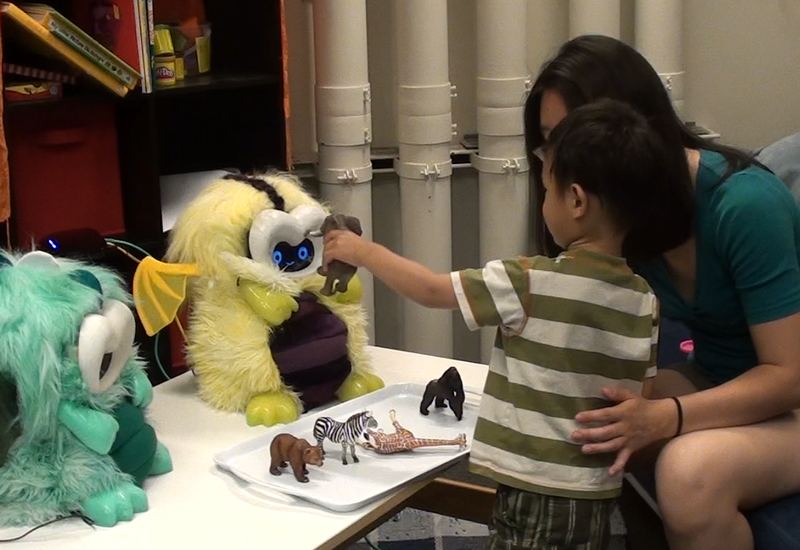
Deploy or Die: Moving Research Into the World
When I was a graduate student in the MIT Media Lab, the informal department slogan was "demo or die". This phrase reflected the lab culture of turning creativity and invention into prototypes and tests.
Demo or die reminded everyone at the Media Lab to turn their big ideas into concrete, understandable, shareable things. Whether concept video or physical artifact, the output of an idea was not just written words and speculation about big questions.
In my first or second year, I don't recall which, the Lab tried to shift the slogan away from "demo or die". The new slogan was "deploy or die". I don't know why they kept the "or die," with its rather bleak connotations… Regardless, the point of switching from demo to deploy was to shift the focus from ideas to action. Were we really solving problems with our research, or playing at solving problems? Were lab members making short-term prototypes with possibly limited follow-through, or testing their ideas with stakeholders in the real world? The goal was to take research out of the lab, make a difference somewhere, somehow.
(Read: How Do You Decide What Projects to Work On As A Scholar?)
How I applied my research
For me, deployment meant taking cute, fluffy robots to public and private schools throughout the Boston area. I interacted with kids of all backgrounds, interviewed children and teachers about their use of technology and ideas for future technology, and thought deeply about the ethics of technology use in education. I took my research questions beyond the lab, into the communities of people who would actually benefit, the real stakeholders who might someday use the technology I created. Many of the questions I framed in my dissertation probed the broader impacts of the technology I studied: What were the ethical dilemmas around technology use with children, and in education?
Besides the practical applications of my work, deployment also meant writing public facing blog posts communicating my work and my ongoing questions. I wanted feedback and input from non-academics as well as the wonderful colleagues I worked with or talked with at conferences or who read my academic papers.
(Read: How Women Scholars Manage Stress, Goals, and Self-Care—and How You Can, Too!)
How can academic institutions encourage research impact?
The Media Lab managed to incentivize applied research in a way that few other institutions have replicated. Academic publications were only one of the lab's currencies. Publicly, such as on Lab social media, the Lab highlighted all kinds of impacts—sci comm, demos, videos, deployments, spinoff startups, policy briefs, installations, exhibits, and more. Faculty were given time off, up to a day a week, to work on startups and spinoffs sprouting from their research. My own advisor spent more than a year on leave as she founded a social robots startup.
By taking the public stance that this in-the-world work mattered, and would be rewarded within the Lab structure with press, funding, time, and so on, faculty and students were encouraged to pursue these activities. One of my favorite examples is Curious Learning, an organization that grew from a small team performing research studies on tech-enabled literacy learning in the field.
Deploy or die (regardless of that or die part) represented a useful and inspiring mindset. Research has a purpose. Knowledge is for some end. What kind of impact is your research having? When should your work have impact, and what kind of impact? Are you making the world a better place?
Like this post? You'll find even more detailed advice about research and the world in my new book, Grad School Life: Surviving and Thriving Beyond Coursework and Research. Order it today!
Project: How To Make a Paper Mache Taxidermy Moose Head
